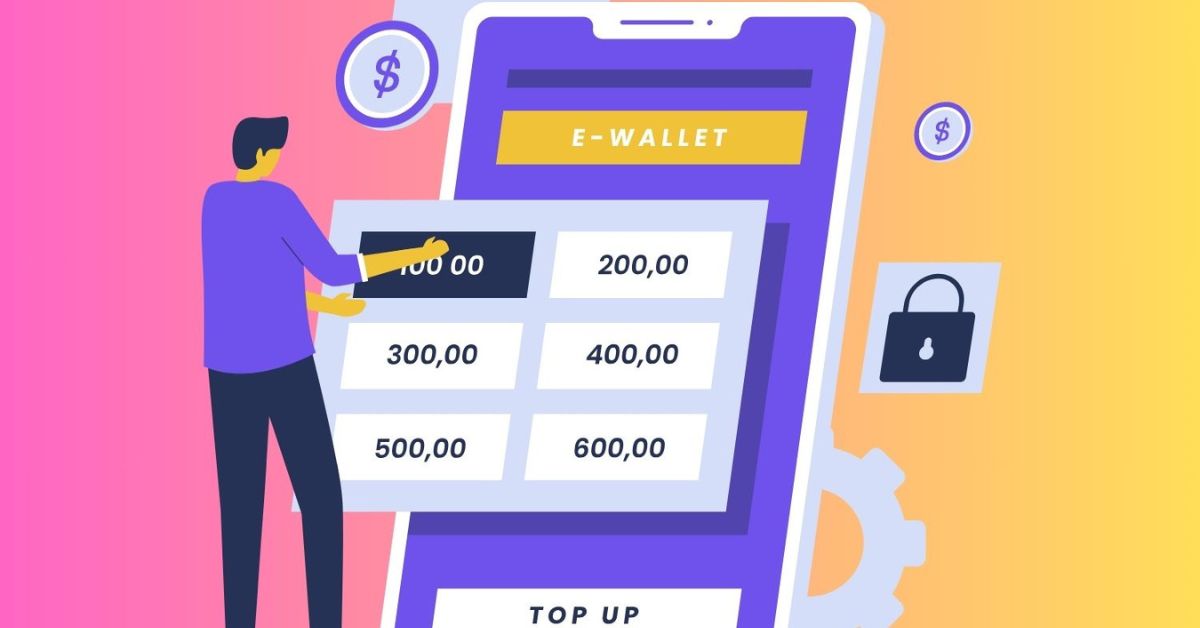Introduction
Open banking is revolutionizing the financial sector by enhancing transparency, increasing competition, and providing consumers with better financial services. By allowing third-party providers (TPPs) access to financial data through secure APIs, open banking enables users to manage their finances more effectively. However, as the adoption of open banking grows, data security and consumer protection remain critical concerns.
Secure data sharing, compliance with regulations, and consumer trust are essential to successful open banking. This article explains how open banking protects consumer information and what security measures are in place to prevent fraud and data breaches.
1. Strong Consumer Authentication and Consent Management
One of the key pillars of open banking security is strong customer authentication (SCA). This ensures that only authorized users can access and share their financial data. Open banking security protocols require:
● Multi-factor authentication (MFA): Consumers must verify their identity using multiple credentials (e.g., passwords, biometrics, and one-time codes).
● Explicit user consent: Customers must actively grant permission before third-party providers can access their financial data.
● Time-limited access: Consumers can revoke or modify access anytime, ensuring they control their information.
By enforcing these security measures, open banking minimizes unauthorized access and fraud risks.
2. Secure API-Based Data Sharing
Unlike traditional financial systems that rely on screen scraping (a method that requires users to share login credentials), open banking uses secure APIs (Application Programming Interfaces) to facilitate data sharing.
● Encrypted transactions: Open banking APIs use end-to-end encryption to protect financial data.
● Standardized security protocols: Regulatory frameworks require banks and fintech companies to adhere to strict security standards.
● No storage of login credentials: Third-party providers never store user passwords, reducing the risk of credential theft.
These measures ensure that customer data is shared securely between banks and FinTech applications without compromising privacy.
3. Compliance with Global Data Protection Regulations
Governments and financial regulators have implemented strict guidelines to handle consumer data responsibly. Open banking operates under key regulations such as:
● GDPR (General Data Protection Regulation)—European Union
● PSD2 (Revised Payment Services Directive) – Europe
● Consumer Data Right (CDR)—Australia
● Financial Data Exchange (FDX)—United States
These laws enforce:
● Strict data privacy policies
● User control over financial information
● Penalties for non-compliance or security breaches
Financial institutions and fintech companies must adhere to these regulations, ensuring consumer protection remains a priority.
4. Fraud Prevention and Threat Monitoring
With open banking, banks, and fintech providers employ advanced fraud detection technologies to monitor real-time financial transactions.
● AI-powered fraud detection: Identifies unusual patterns and flags suspicious activities.
● Behavioral analytics: Tracks consumer behavior to detect anomalies.
● Continuous security monitoring: Ensures systems are protected against cyber threats and data breaches.
These proactive measures significantly reduce the risk of fraud and unauthorized access.
Conclusion
While open banking provides consumers greater financial control and innovation, data security and privacy protection remain top priorities. With secure APIs, multi-factor authentication, compliance with global regulations, and fraud detection technologies, open banking is designed to ensure safe and transparent financial data sharing.
Open banking builds consumer trust by implementing robust security measures, paving the way for a more secure and efficient financial ecosystem.
#OpenBanking #DataSecurity #FinancialPrivacy #CyberSecurity #ConsumerProtection #DigitalBanking #FintechInnovation #FraudPrevention #SecureBanking
Categories



